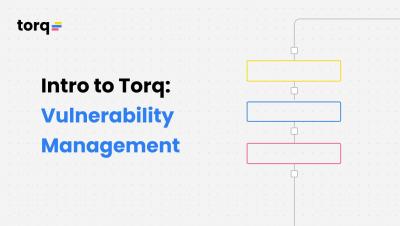48,285+ Vulnerabilities Beyond the NVD: An Ivanti Research Update
Organizations cannot rely on a single source of data on which to base their entire cybersecurity strategy – particularly their vulnerability management programs. Case in point: The National Vulnerability Database, or NVD. This publicly available database of known vulnerabilities covers an enormous array of all the different vulnerabilities that currently affect applications, software and hardware applications.











